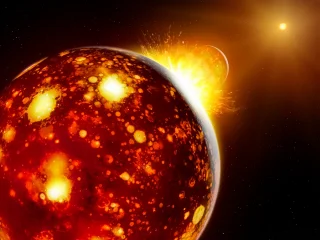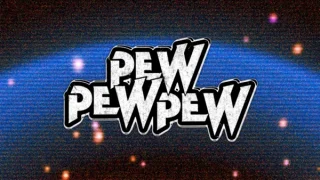Neue Untersuchungen legen nahe, dass der Körper, der vor 4,5 Milliarden Jahre in die Erde einschlug und so den Mond schuf, aus dem inneren Sonnensystem stammt.
Das Max-Planck-Institut für Sonnensystemforschung hat in Science Untersuchungen auf Basis von Mondgestein zur Herkunft des Protoplaneten Theia veröffentlicht.








